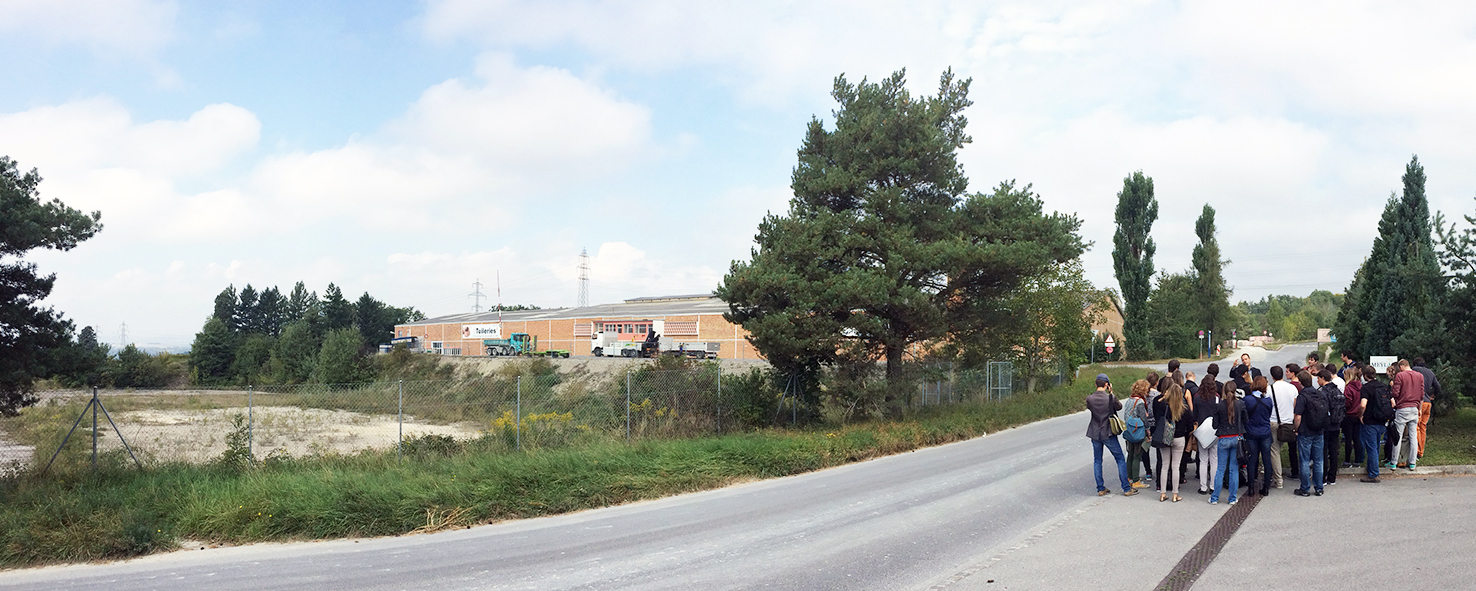Starting of the design studio entitled SUBURBAN LANDSCAPE

By an approach at different levels of intervention - from urban design to constructive detail - Prof. Emmanuel Rey's studio aims at analyzing, exploring and experimenting the specific issues related to the contribution of architectural design to the evolution of built environment towards sustainability, in particular in the perspective of an urban densification near public transport and an experimentation of new constructive approaches. Entitled SUBURBAN LANDSCAPE, the studio will explore during this academic year 2014-2015 the development of a new suburban neighborhood located in the West Lausanne.
Faced with the many consequences caused by urban sprawl, a consensus gradually reorients the development of built areas inwards and promotes the processes of urban densification. In that context, the approach is not limited to the city centers and also concerns suburban territories. Certain sectors, in particular the ones located next to the public transportation and presenting a potential of densification, constitute strategic opportunities to metamorphose the urban regions.
In a perspective of sustainability, the issue is not and by far limited to the sole issue of the localization and the densification of built areas. If density is an important quantitative issue, it is also to be considered as a necessary condition but not sufficient. From a perspective taking into consideration optimized environmental, socio-cultural and economical aspects, this evolution actually also raises numerous qualitative questions for architectural design.
The site chosen for this 2014-2015 edition is a field of investigation particularly suitable for this objective. It consists of a part of the West Lausanne, which is emblematic of the issues related to the mutation of suburban areas. This large sector is located at the meeting point of several landscape entities. It is constituted of disused and non-built areas and has a specific localization that is adapted for the simultaneous creation of housing and working spaces. Located next to a future line of public transportation, the sector is a particularly strategic issue since it is able to host more than 3'000 inhabitants and 2’000 workplaces in a dense neighborhood, the new identity of which is yet to be invented.
